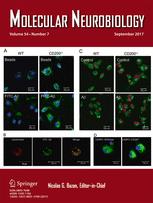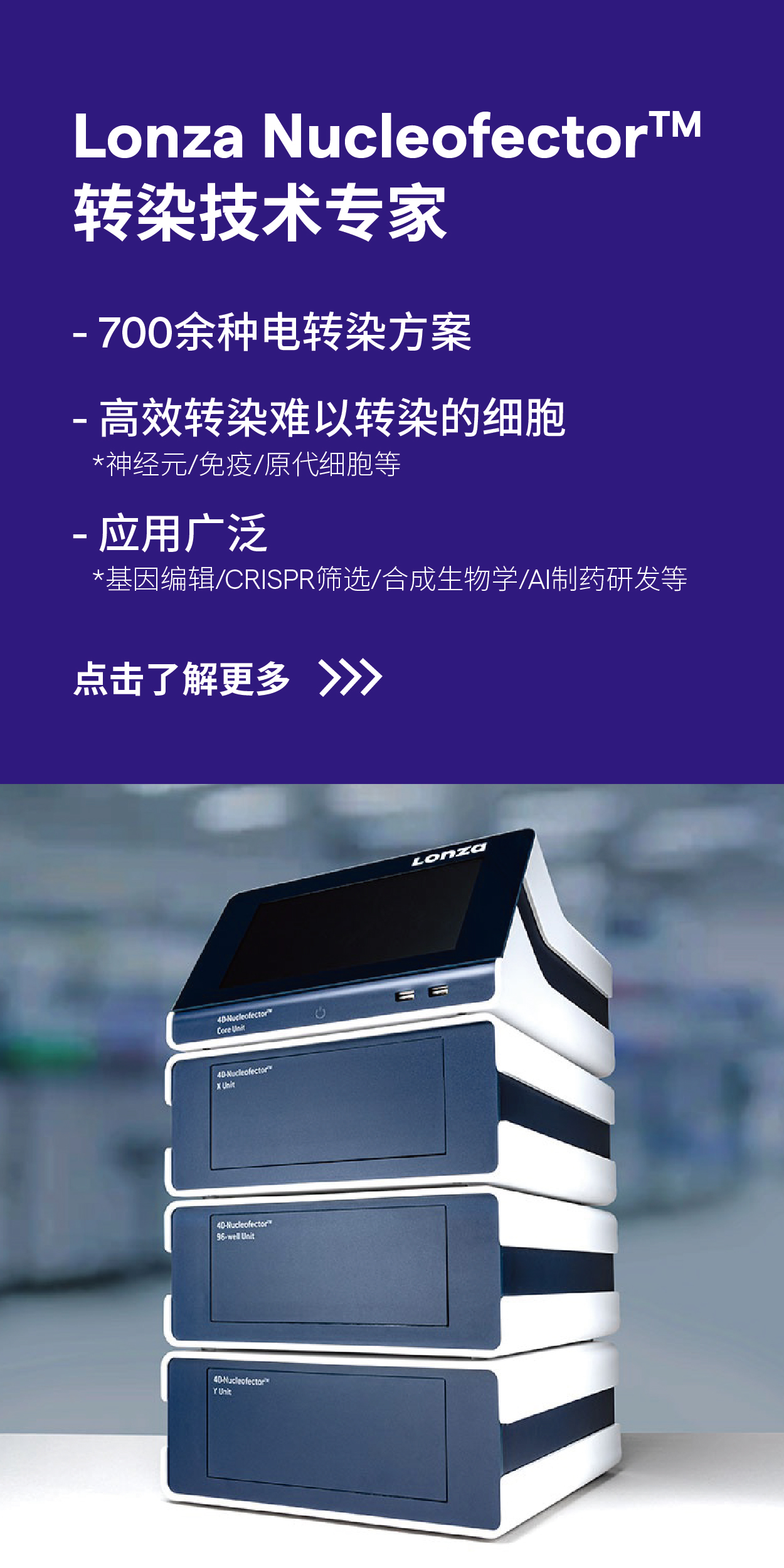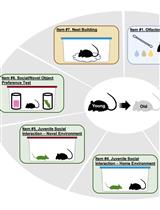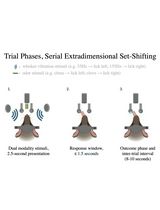- EN - English
- CN - 中文
Sociability and Social Novelty Preference Tests Using a U-shaped Two-choice Field
使用U形双选择场地的社交和社会新奇性偏好试验
发布: 2018年05月20日第8卷第10期 DOI: 10.21769/BioProtoc.2853 浏览次数: 11299
评审: Oneil G. BhalalaArnau Busquets-GarciaAnonymous reviewer(s)

相关实验方案
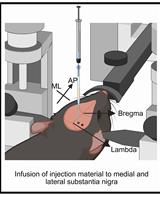
基于 rAAV-α-Syn 与 α-Syn 预成纤维共同构建的帕金森病一体化小鼠模型
Santhosh Kumar Subramanya [...] Poonam Thakur
2025年12月05日 1393 阅读
Abstract
We developed sociability tests based on use of a U-shaped two-choice field to read out behavioral states of sociability in rodents. The U-shaped two-choice field is a modified open field that is partially partitioned with a wall projecting to the central point, resulting in two symmetrical rectangular fields, each containing closed and open square zones that together form a ‘U-shaped field’. The U-shaped two-choice field can be used to measure animal’s behavioral responses to two contrasting or similar options, such as (i) a social target versus an inanimate object, (ii) a new stranger versus an earlier stranger, and (iii) a novel animal (a non-mate) versus a cage-mate (a familiar animal). We describe detailed procedures for sociability tests for the above three behavioral test paradigms based on the U-shaped two-choice field.
Keywords: Social interaction (社交)Background
Sociability is the behavioral disposition of being sociable with others. Sociability is defective in psychiatric disorders including depression, autism and schizophrenia. Defective sociability is regarded to be an important behavioral symptom representing a state of psychiatric illness (Hirschfeld et al., 2000; American Psychiatric Association., 2013; Green et al., 2015; Barak and Feng, 2016). Animal models have been used to investigate the neural mechanisms of sociability, as well as the neuropathological mechanisms of psychiatric illness. A variety of sociability tests have been developed to measure specific aspects of social behaviors of experimental animals, such as social interactions (Moy et al., 2004; Berton et al., 2006; McFarlane et al., 2008; Silverman et al., 2010), social communication using olfactory and visual cues or vocalization (Arakawa et al., 2008; Radyushkin et al., 2009; Scattoni et al., 2009; Yang and Crawley, 2009), social novelty preference and social memory (Moy et al., 2004; Kim et al., 2017a; Lee et al., 2017).
A sociability test using a U-shaped two-choice field was developed to read out behavioral states of sociability in mice (Seo et al., 2012). The U-shaped two-choice field is easily set up by partitioning an open field with a wall to the central point, so that the two symmetrical rectangular fields, each containing closed and open square zones, form a ‘U-shaped’ two-choice field (Park et al., 2014; Kim et al., 2015). Here, we describe how a U-shaped two-choice field can be used to measure animal’s behavioral response to two distinctive or contrasting options, namely (i) a social target versus an inanimate object or empty environment, (ii) an earlier stranger versus a new stranger, and (iii) a cage-mate (familiar one) versus a non-mate (unfamiliar one) (Seo et al., 2012; Park et al., 2014; Kim et al., 2015; 2016, 2017a, 2017b; Kim and Han, 2016a, 2016b, 2016c; Choi et al., 2015). Detailed procedures and the utility of the different sociability tests based on the U-shaped two-choice field are described below.
Materials and Reagents
- Latex examination gloves (Alliance: LGPF, Safeplus®)
- Paper towels
- 50-ml polypropylene conical tubes
- C57BL/6 mice
Note: Animals are described in detailed in Steps A1 and A2. - 70% ethanol
Note: The 70% ethanol and paper towels are used to remove mouse excrement from the floor and walls of the U-shaped field and grid cages before the start of each behaviour test sessions.
Equipment
- Two circular grid cages (Figure 1A)
Two circular grid cages (12 cm in diameter x 33 cm in height) made of tungsten wire.
Notes:- The grid cage needs to be high enough to prevent subject mice from climbing.
- It is helpful to cover the upper half of the grid cage with an overhead projector (OHP) film to prevent the subject mouse from climbing, and to add a white opaque partitioning in the middle of the grid cage to block the target mouse from climbing (Figure 1A).
- The grid cage needs to be high enough to prevent subject mice from climbing.
- The U-shaped two-choice field (Figures 1B and 1C)
The U-shaped two-choice field is a modified open field (45 cm in width x 45 cm in depth x 35 cm in height) that is partially partitioned with a wall (20 cm in width x 35 cm in height) to the central point, so that a ‘U-shaped’ field that contains two closed quadrants and two open quadrants of the same size is formed (Figures 1B and 1C).
Notes:- The U-shaped two-choice field is a modified open field made of cream colored FOAMEX panel (1 cm in thickness) (Expanded PVC; LG Ltd., Republic of Korea).
- The floor and walls of the U-shaped two-choice field are made of the same type of FOAMEX panel described above.
- Alternatives for the walls and floor might be workable, but reflective plastic materials or uncoated veneer plywood is not recommended. The floor should not be slippery.
- The U-field two-choice test is performed in an isolated room in the absence of potentially disrupting environmental factors. If an enclosed spacious room is not available, we recommend padding the outside walls of the U-shaped field with Styrofoam boards.
- The behavior test room is lit with 2 or 4 indirect lighting sources to achieve 20 lux on the floor of the U-shaped field.
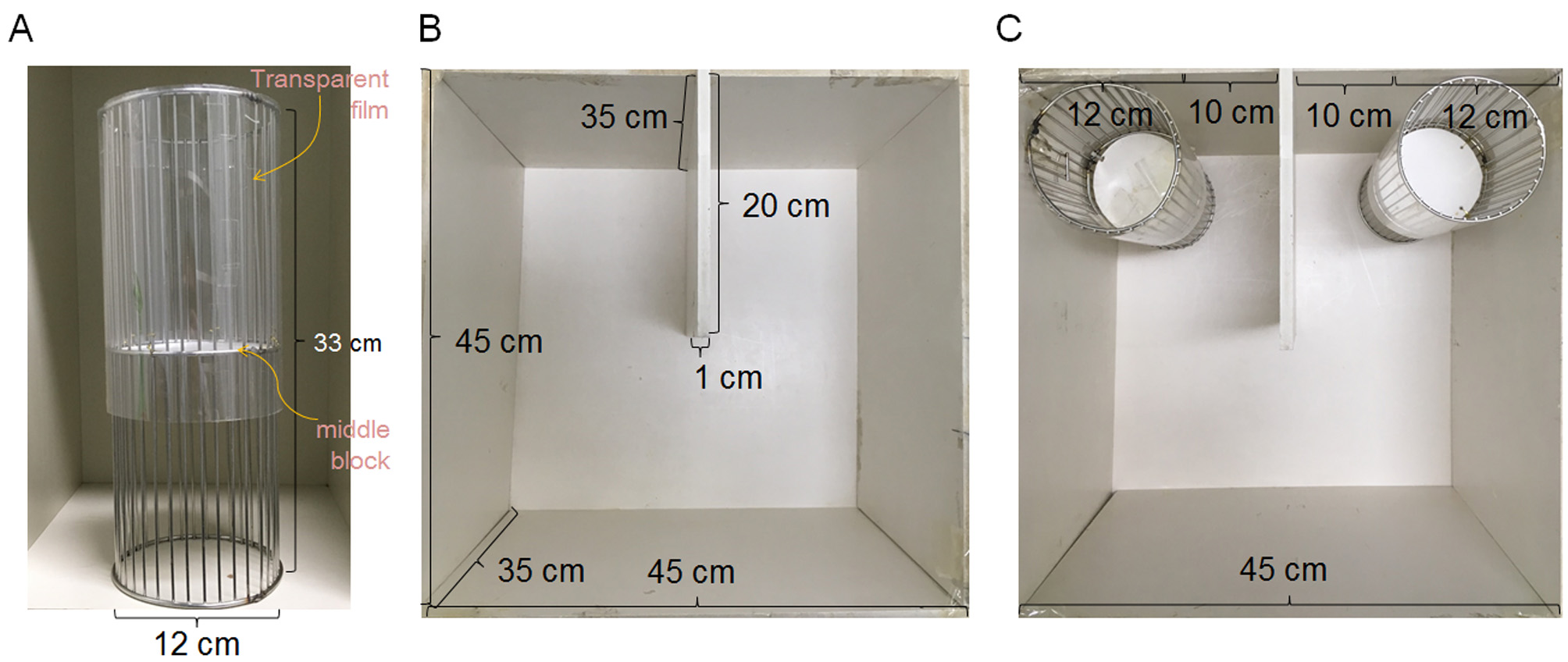
Figure 1. Photos showing the grid cages and U-shaped two-choice field. A. The circular grid cage. The upper half of the grid is covered with a transparent film. A white, opaque-circular partitioning is added in the middle of the grid cage. B. The open field is partially partitioned with a wall projecting to the center. C. A grid cage is placed in each outer corner of the closed quadrants making up the U-shaped two-choice field.
- The U-shaped two-choice field is a modified open field made of cream colored FOAMEX panel (1 cm in thickness) (Expanded PVC; LG Ltd., Republic of Korea).
- Brightness-adjustable indirect light sources
- Digital Lux meter (TES Electrical Electronic, catalog number: TES-1350A )
- White noise generator (HDT Korea, Genius mate)
- Sound level meter (TES Electrical Electronic, catalog number: TES-1330A )
- Stainless steel large forceps (20 cm in length) (Fine Science Tools, catalog number: 11000-20 ) with protective silicone tip guards (optional)
- Automatic recording systems
Software
- A computerized video tracking system (SMART, Panlab, Spain)
- GraphPad PRISM 6.0 software (GraphPad Software. Inc., San Diego, CA, USA) for data analysis
Procedure
文章信息
版权信息
© 2018 The Authors; exclusive licensee Bio-protocol LLC.
如何引用
Lee, E., Park, J., Lee, Y. and Han, P. (2018). Sociability and Social Novelty Preference Tests Using a U-shaped Two-choice Field. Bio-protocol 8(10): e2853. DOI: 10.21769/BioProtoc.2853.
分类
神经科学 > 行为神经科学 > 认知
神经科学 > 神经系统疾病 > 动物模型
您对这篇实验方法有问题吗?
在此处发布您的问题,我们将邀请本文作者来回答。同时,我们会将您的问题发布到Bio-protocol Exchange,以便寻求社区成员的帮助。
Share
Bluesky
X
Copy link


